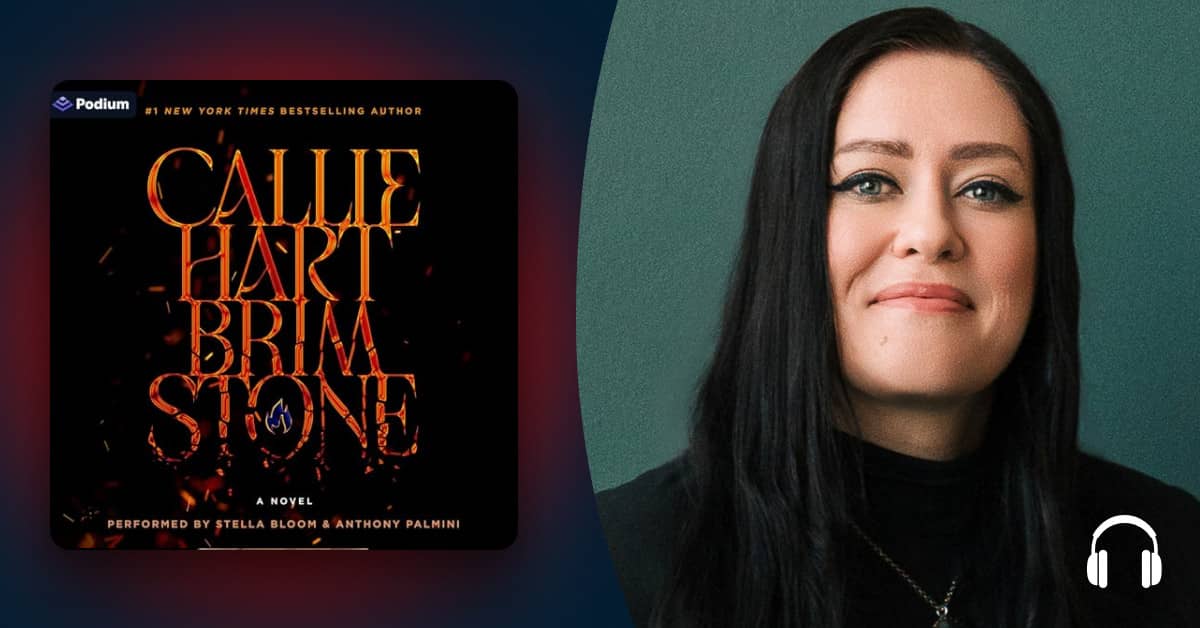This warm and caring, yet wise and witty wizard is one of the best known—and most loved— characters of the literary world. Created by J.R.R. Tolkien, Gandalf (also known, more specifically, as Gandalf the Grey and later Gandalf the White) is a pivotal character in The Lord of the Rings trilogy.
Gandalf is famed for being a guide and source of knowledge for other characters, and though he is not the protagonist, he is an integral part of the plot, influencing characters and storylines. Though he is most prominent in The Lord of the Rings series, he also plays a key role in The Hobbit, and appears in The Silmarillion, Unfinished Tales, and the 12-volume series, The History of Middle-earth.
This wisest of wizards was made all the more popular by Sir Ian McKellen’s spectacular portrayal of him in Peter Jackson’s film adaptations of The Lord of the Rings series.
Who is Gandalf?
When Gandalf first appears in The Lord of the Rings: The Fellowship of the Ring, he is described as such: "He wore a tall pointed blue hat, a long grey cloak, and a silver scarf. He had a long white beard and bushy eyebrows that stuck out beyond the brim of his hat." But Gandalf has a long history that begins before the events of The Fellowship of the Ring—in fact, when the audiobook begins, he's already more than 2,000 years old! He was originally known as Olórin, one of the Maiar in the Undying Lands, and he is fundamentally good. He was sent to Middle-earth to help fight against the Dark Lord Sauron and the Rings of power alongside other wizards such as Saruman and Radagast, but he is the only one to remain true to his mission. Upon his arrival on Middle-earth, he takes the form of an old man robed in grey (hence becoming known as Gandalf the Grey) and wanders the Westlands. Walking among the Hobbits, Elves, and Dwarves that live there, he dispenses wisdom when the occasion rises, all the while learning about their various cultures and history and making friends and allies. He's also known as Gondor as Mithrandir, which means The Grey Pilgrim, for his grey robes and penchant for wandering the lands.
During his many years of traveling, Gandalf never loses sight of his purpose for being on Middle-earth and becomes increasingly unsettled by Sauron's growing power. He is sought out to aid the Dwarf King in his fight against Smaug in The Hobbit, which is how he meets Bilbo Baggins. After the events of The Hobbit, Gandalf keeps in contact with Bilbo and meets his nephew, Frodo Baggins. Early on, he comes to suspect that Bilbo possesses the One Ring, a powerful and dangerous tool of Sauron. When Frodo inherits the Ring, Gandalf intervenes in order to destroy it.
He is known as Gandalf the Grey up until the beginning of The Two Towers. In all of the events preceding that book, his robes are silver. But when he takes on the Balrog at the end of The Fellowship of the Ring, everyone believes that he perishes in the fight... until he returns, robed in white. Thereafter, he is known as Gandalf the White.
What are Gandalf's weapons?
Most depictions of Gandalf include his staff, which is as much a part of his character as his long beard and pointed hat. Gandalf's staff has dual purposes: a walking stick and a weapon, both magical and mundane. The staff serves as a magical vessel when wielding spells, although Gandalf isn't shy about using it to give his enemies a good non-magical whack. Unlike Saruman’s staff, which appears ornate, Gandalf’s staff is plain at the start of The Lord of the Rings trilogy. Later, he loses it in the mines of Moria while fighting the Balrog but regains a brand new staff when he is reborn as Gandalf the White.
He also uses an Elven sword called Glamdring, which he recovered in a troll cave. He often uses both sword and staff in battle, so Gandalf is not an adversary you want to face.
What special powers does Gandalf possess?
Gandalf's greatest power is his wisdom. He's known throughout Middle-earth and beyond as the wisest being in the land, which is made symbolic in his form as an old man. But Gandalf's strengths also lie in his extensive knowledge of history, culture and traditions. He's familiar with how Elves, Dwarves and Hobbits live, and he's gained the trust and respect of many different groups. Because of his wisdom, insight, tactical thinking and more than 2,000 years of life experience, he is considered the leader of the Fellowship.
When it comes to physical strengths, Gandalf has incredible eyesight. He can clearly see not only in the dark but also deep into the wraith realm, which allows him to know if someone has been touched by a wraith. In addition, Gandalf has heightened senses that let him know when danger is nearby. He is a formidable fighter, adept at using both staff and sword, and an excellent rider. Bottom line: do not be deceived by Gandalf's mortal appearance as an old man, and do not underestimate him.
As a wizard, Gandalf's magical power is in light and fire, which he is able to manipulate by casting beams of light, as well as starting and directing fires. Although he is very powerful magically, his power does have its limits. In extreme instances of conjuring of flame and light, Gandalf's strength is depleted, and he must rest and recharge before pressing on.
What is Gandalf's influence in Lord of the Rings?
Gandalf has many allies and friends; he seems to know all of the major characters in the trilogy and in other entries as well. In The Hobbit, he helps the Dwarf King Thorin come up with a plan to defeat the dragon Smaug, befriending Bilbo Baggins as a result. Through his association with Bilbo, he later meets his nephew, Frodo.
After convincing Bilbo to leave the Ring to his nephew, fearing that his friend was becoming too reliant on its powers, Gandalf provides early counsel to Frodo about the Ring's dangers, warning him not to use it. While caught up in dealing with his old friend Saruman and his betrayal of their mission to fight against Sauron, Gandalf puts out a call to Strider (also known as Aragorn and the secret heir to Gondor) to come to the aid of Frodo and his fellow Hobbits, as he is unable to help them. Gandalf is rescued by an old ally, Gwaihir, the chief of the eagles, and obtains his trusty steed, Shadowfax, a horse with magical speed and strength. From there, Gandalf rejoins the Hobbits in Rivendell, where they form the Fellowship of the Ring.
Gandalf leads the Fellowship whose quest is to travel through Mordor to Mount Doom, where they intend to destroy the Ring. However, they don't get very far. Gandalf wants to avoid Isengard, so he ends up leading their group across the Misty Mountains. Unfortunately, a storm forces them to take refuge in the mines of Moria, which contains an abandoned Dwarf city that has become overrun by Orcs and evil. It is here that Gandalf must face the Balrog of Morgoth.
By the time Gandalf returns, Frodo is beyond his grasp. Instead, he helps Aragorn, Legolas and Gimli by giving them messages about what to do next, and then goes to the aid of King Théoden. Gandalf also aids in the Siege of Gondor, and then assists Aragorn in the final battles against Sauron's forces. During this time, Frodo successfully sees the Ring to Mount Doom, and Gandalf sends Gwaihir to see if Frodo and Sam survived the Ring's destruction. While he might not be the trilogy's central character, Gandalf is instrumental in seeing that the Ring is destroyed and ensuring that the people involved in its destruction are looked after.
What happens to Gandalf?
Many Lord of the Rings fans want to know: Does Gandalf die? The answer is both yes and no!
Technically, Gandalf the Grey dies when he battles the Balrog at the end of The Fellowship of the Ring, although we only hear what happened next in a summary. Gandalf and the Balrog fall into an endless chasm and finally land in a deep lake, where Gandalf chases the Balrog through the tunnels and up the Endless Stairs to Durin's Tower. Gandalf defeats the Balrog by throwing it from the tower and down the mountain, but he perishes in the process. His soul, however, is sent back to Middle-earth, so that Gandalf can fulfill his original mission and conquer Sauron. He is found by Gwaihir, who was sent by Galadriel to rescue him. As Gandalf recovers, he is given new white robes and a new staff, thus becoming known as Gandalf the White. He continues on his quest to defeat Sauron, and sees it through to the very end.
Later, after the Ring is destroyed in the fires of Mount Doom, Gandalf rescues Sam and Frodo from the volcanic eruption that occurs following Sauron's defeat. He brings them to safety, and he, Merry, Pippin, and the remaining Fellowship of the Ring are reunited in Minas Tirith. Gandalf also attends the coronation of Aragorn, placing the crown on his head and blessing his reign, and then travels with him to the High Hollow to find that a sapling of the Tree of Gondor has sprouted, signifying renewal in the lands. From there, Gandalf leaves Aragorn with the rest of the Fellowship, seeing them all home safely. After delivering the Hobbits to the Shire, he wanders a bit, hoping to talk to the enigmatic Tom Bombadil. Gandalf's whereabouts are unknown for a few years, but eventually he again meets Frodo and Bilbo as they bid farewell to the Hobbits. They all depart Middle-earth aboard the White Ship, headed for the havens of Valinor, where at last they can rest peacefully, knowing they were victorious in defeating evil.
The Best Gandalf Quotes
Gandalf is known for being wise, warm, and often playful and full of wit. Here are some of his most memorable quotes from The Lord of the Rings trilogy and The Hobbit.
1.“All we have to decide is what to do with the time that is given us.” —The Fellowship of the Ring
2.“I will not say: do not weep; for not all tears are an evil.” —The Return of the King
3."The treacherous are ever distrustful." —The Two Towers
4.“Many that live deserve death. And some that die deserve life. Can you give it to them? Then do not be too eager to deal out death in judgment.” —The Fellowship of the Ring
5.“He that breaks a thing to find out what it is has left the path of wisdom.” —The Fellowship of the Ring
6.“It is not despair, for despair is only for those who see the end beyond all doubt. We do not.” —The Fellowship of the Ring
7."Do you wish me a good morning, or mean that it is a good morning whether I want it or not; or that you feel good this morning; or that it is a morning to be good on?" —The Hobbit
8."You cannot pass!" —The Fellowship of the Ring
9."Even the very wise cannot see all ends." —The Fellowship of the Ring



